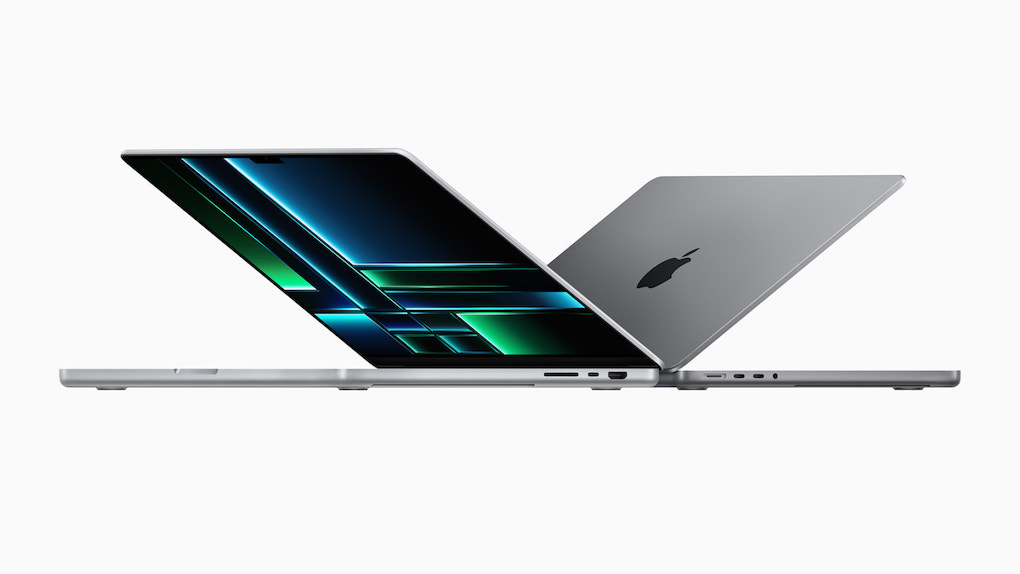- in Production by Bobby Owsinski
Apple’s M2-Powered Computers Are Here, And What That Means For Music
Apple released it’s newly updated M2-powered laptops and Mac Mini’s yesterday, and while that excites a small portion of the music community, it’s more or less ho-hum for the rest. More power with no new features doesn’t exactly peak that much interest these days.

What Is This M2 You Speak Of?
Apple’s M2 is a type of computer chip that’s used in Apple’s Mac computers called an SoC, or a System on a Chip, that combines all the major electronic components of a computer into a single chip. That includes a central processing unit (CPU), memory, input/output interfaces and graphics processing unit (GPU) into a single package. SoCs are commonly used in mobile devices, embedded systems and the Internet of Things (IoT) devices, as they allow for a more compact, power-efficient and cost-effective design. SoCs also allow for a more streamlined design and manufacturing process, as all of the components are integrated onto a single chip.
The M2 chip is a successor to the M1 chip, which was the first generation of what’s known as “Apple Silicon,” meaning that instead of relying on off-the-shelf integrated circuits to design their computers, Apple designed its own.
The M2 chip includes a number of improvements over the M1 chip, such as increased performance, a 10 or 12 core CPU, up to 32 or 64GB of memory, and an 8-core GPU, which also includes a new version of the Neural Engine that can be used for machine learning and AI tasks.
But there are no new hardware or software features that differ from the last generation of Macbook Pros and Mac Mini’s. They have exactly the same shape and size, and connectors. There’s a slightly improved display but that in itself isn’t enough to get an audio person to invest.
The fact is that the M1 Macs worked gangbusters with audio. Pro Tools Expert did a test where a slightly more advanced M1 Pro-powered Mac ran over 650 tracks with 2,500 plugins! Obviously that’s more than enough for the vast majority of people producing music.
So the M2-powered Macs are going to give you more of the same, which is probably a lot more than you need.
When To Upgrade
If you’re running an older Intel-based Mac, don’t hesitate – it’s worth the money to upgrade. Just make sure to be careful about the connections, as the new Macs use Thunderbolt 4, which needs an adapter to connect to Thunderbolt 2 peripherals.
Also, while you can get by surprisingly well with just 16G of RAM on these new Apple Silicon-based Macs, the M2’s allow you to go up to 32G. Remember, because it’s all built into the SoC, there’s no upgrading later so you have to make this decision when you first purchase.
If you’re doing graphics or video, yep it’s probably worth it to get 3.5 to 4.7X the performance.
But if you’re using an existing M1 Mac, you might want to wait until the next year when the M3’s come out, with hopefully some new hardware features as well.
That said, I will probably upgrade both my M1 Macbook Pro and Mac Mini because I like to update my computers every 2 to 3 years. First of all, it keeps me from getting stale and stuck in older technology, and at least for me, there are some tax advantages. I’m going to wait until the M2-powered Macs are out in the field for a while just to make sure that any issues are corrected, then jump in.
I’ll let you know how that goes.

